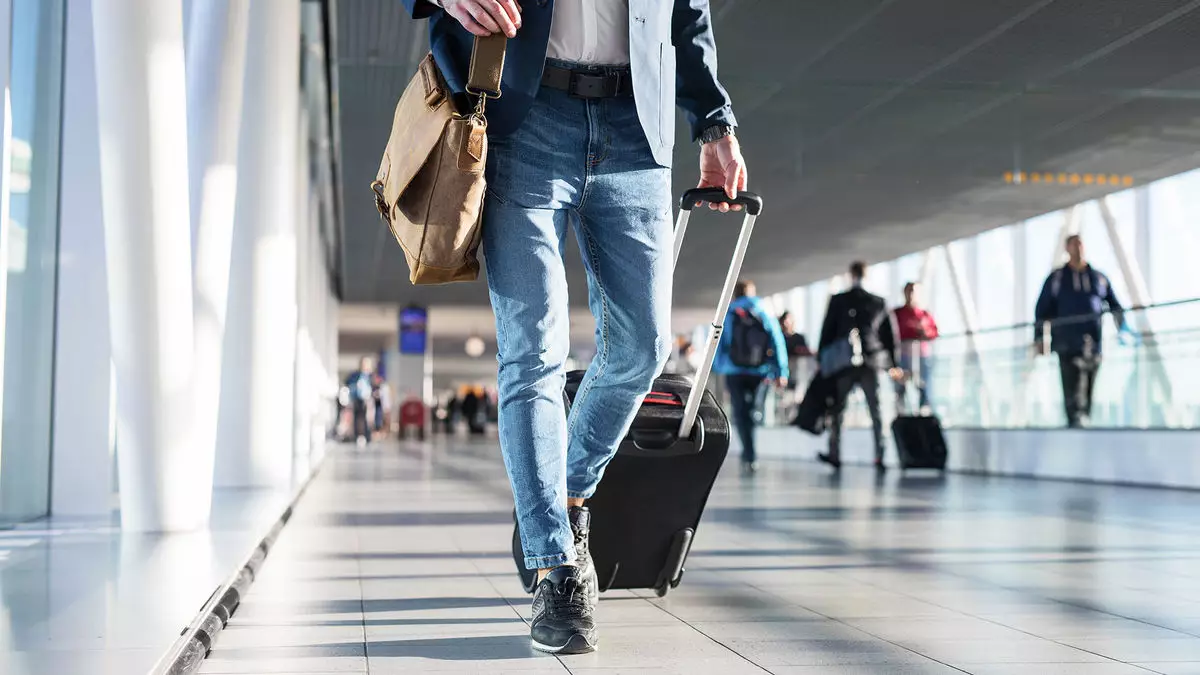The U.S. travel landscape is at a crossroads, with alarming changes that call for urgent attention and strategic solutions. According to the U.S. Travel Association, both domestic and international travel are experiencing notable downgrades, not just in enthusiasm but also in concrete numbers. The alarming statistic of a 70% drop in advanced bookings from Canada, a key player in international travel to the U.S., exposes persistent stumbling blocks affecting the industry. As an industry anchored by consumer confidence and perception, these trends reflect deeper underlying issues that stakeholders must address immediately.
Economic Factors at Play
A robust dollar, while fantastic for consumers traveling abroad, poses a deterrent to inbound travel into the U.S. International visitors are feeling the strain of an expensive currency, making trips to America less appealing than they once were. Moreover, uncertainty surrounding global trade policies continues to erode the landscape of travel. Trade tensions and tariffs might not sit directly in the travel sector spotlight, but their ramifications echo throughout the economy, influencing consumer behavior and travel budgets. The recent revision by Tourism Economics revealing a projected 5.1% decrease in inbound travel for 2025 reflects this intricate relationship between economic variables and travel demand.
The Message of Safety and Welcomeness
Equally compelling are the rising safety concerns that have permeated the travel industry narrative. The term “welcomeness” has become a hot topic, with many international travelers questioning whether the U.S. remains a hospitable destination. Safety concerns have a profound impact on travel decisions; if potential tourists ponder whether they will be safe in the U.S., the allure diminishes quickly. This dynamic poses a pressing issue for the industry, demanding proactive measures that reassure and welcome visitors back.
Governmental Collaboration for a Better Tomorrow
The U.S. Travel Association’s commitment to working with the government illustrates an understanding that travel is not just an isolated industry but an essential aspect of the overall economy. With the travel sector injecting approximately $1.3 trillion into the U.S. economy in a single year and providing jobs for 15 million Americans, it’s clear that a healthy travel environment correlates with economic prosperity. Strategic partnerships with lawmakers have never been more critical, as they seek to address and mitigate the negative impact of these complex challenges.
Innovative Solutions Ahead
The path forward will require innovative thinking and relentless collaboration. As the industry grapples with unfavorable trends, it is imperative that travel organizations harness modern technology, streamline visa processes, and foster an inclusive narrative that celebrates the diversity and welcoming spirit of the U.S. Furthermore, addressing trade policy concerns openly and adjusting to the evolving landscape can create a more attractive environment for tourism. These avenues not only promise to boost travel numbers but can also pivot to redefining America’s image globally.
By approaching these challenges head-on, stakeholders can pivot the narrative surrounding U.S. travel from somber statistics to vibrant opportunities for growth and revitalization, ensuring that America remains a top destination for travelers around the world.


Leave a Reply